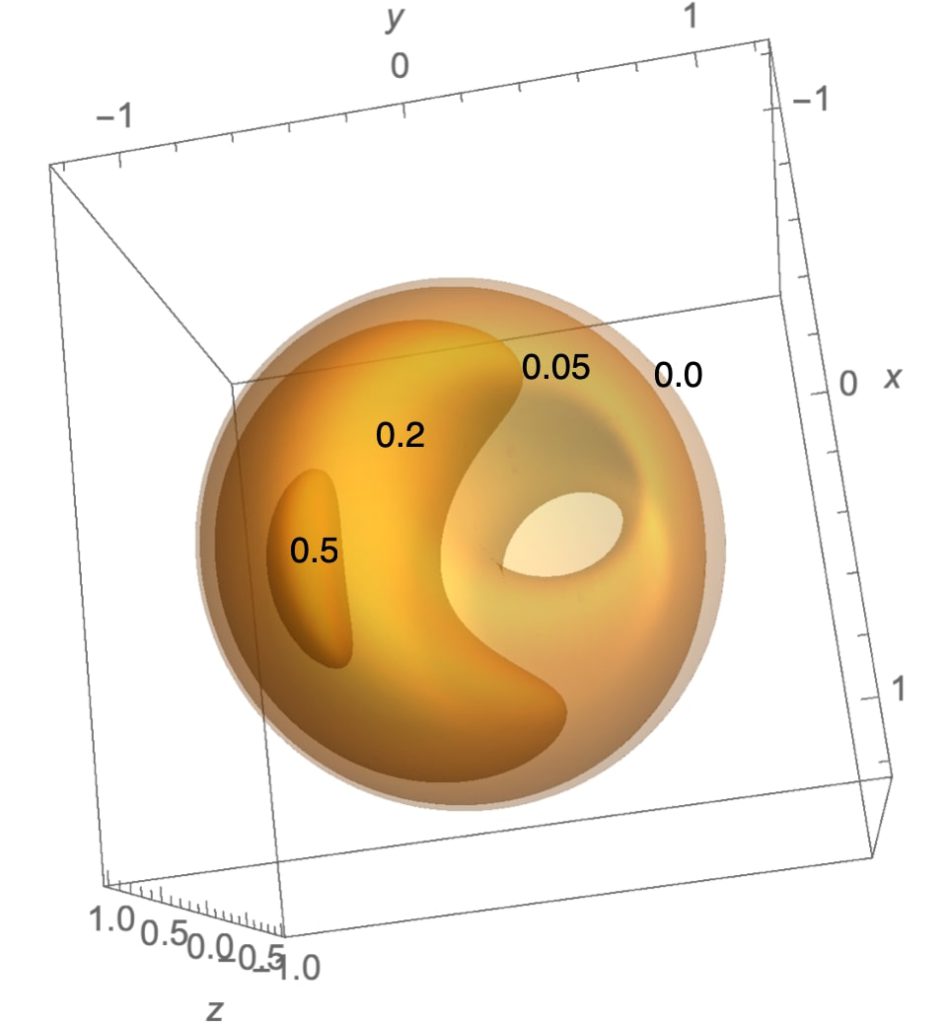We recently learned of this great article written on FRCs and the PFRC in particular: “Small-scale fusion tackles energy, space applications”. It was posted on the website for the Proceedings of the National Academy of Sciences (PNAS) in 2020.
https://www.pnas.org/doi/10.1073/pnas.1921779117
The article is well written and provides information on the PFRC innovation, fusion fuel choice, and development plan. It does a great job explaining the heating methods of the main FRC approaches in industry today: the RF-heated PFRC, the beam-heated TAE approach, and the merged-and-compressed Helion Energy approach. Dr. Sam Cohen, Stephen Dean, Michl Binderbauer (TAE), and Michael Paluszek are quoted.
Cohen, for his part, has been pursuing his Princeton Field Reversed Configuration (PFRC) design since 2002, with a strong emphasis on simplicity and compactness… The idea, says Cohen, is to drive oscillating currents through these coils in a way that sets up a rotating magnetic field inside the tube: a loop of flux that whirls through the plasma like a flipped coin and drags the plasma particles around and around the waist of the cylinder. In the process, he says, “the fields create, stabilize, and heat the FRC”—all in a single deft maneuver.
Small-scale fusion tackles energy, space applications, M. Mitchell Waldrop, January 28, 2020, 117 (4) 1824-1828
Read and enjoy!

